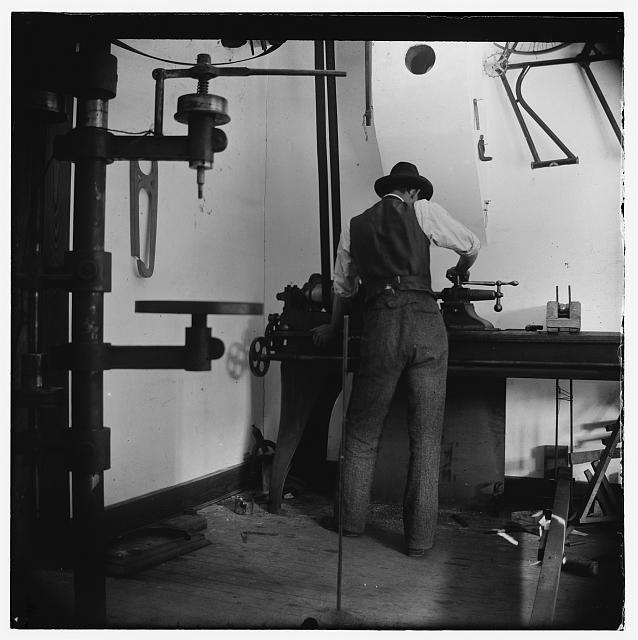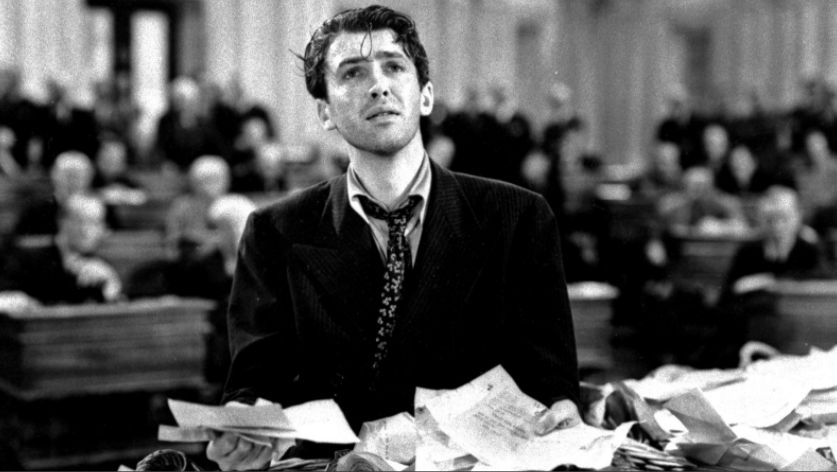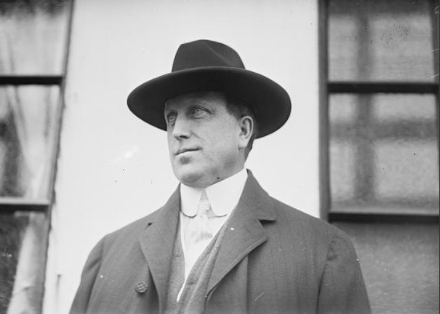
Lots of comparisons to Saigon this morning.
Here are some data points regarding the two-day evacuation there, on April 29-30, 1975, extracted from a CIA report.
Here are some data points regarding the two-day evacuation there, on April 29-30, 1975, extracted from a CIA report.

North Vietnamese began their main attack on Saigon on April 27, hitting Saigon for the first time since 1973.
South Vietnam's president's call for a cease-fire/peace talks were rejected. South Vietnamese military leadership left their commands. Many committed suicide.
South Vietnam's president's call for a cease-fire/peace talks were rejected. South Vietnamese military leadership left their commands. Many committed suicide.

A group of defecting South Vietnamese Air Force pilots dropped six bombs on the Air Base intended as the major evacuation point. Several U.S. aircraft were destroyed and the runway received heavy damage. 

In the early hours of April 29, a North Vietnamese rocket hit a guard post at the Air Base, killing Marine Corporals Charles McMahon (21) and Darwin Judge (19). They would be the last American ground casualties in Vietnam. 

The plan had been for helicopters to go to the apartment buildings [in Saigon] where Americans were because they could land on the roof and they would evacuate them to the airport, where they would get on airplanes or big helicopters or whatever. But that was no longer an option.
Most of the helicopters had been blown up on the airport [runway]. The helicopters started coming [from ships offshore], and they picked up the people at the airport and then they started coming to the embassy.
CIA guy:As soon as the helicopters started coming to the embassy, the embassy was surrounded [by] Vietnamese. They were trying to crawl over the wall. They had not yet delivered the first batch of combat Marines to the embassy to protect us. We had howling mobs outside the fence.
CIA guy: The Marines stood on the walls throwing Vietnam civilians back on the deck. It started to look like the Alamo. A Vietnamese mother threw her baby over our 8 foot wall, perhaps thinking someone would pick the baby up and it would get to America.
CIA guy: “In a couple of cases. . . some of the expatriates were coming forward on the very last day with their hoard of dependents, saying to the embassy, “Here I am, Joe Brown, and here is my Vietnamese family of 25 people; we want to leave now.”
It is estimated that, on April 29th, ten thousand people stood outside the Embassy gates seeking entrance through the locked doors. Another 2,500 were inside the Embassy or on its grounds.
There are reports that the crowds inside the Embassy broke into the Embassy’s liquor supply and enjoyed its contents while Embassy staff incinerated confidential documents and five million dollars in cash.
By 2:15 a.m. on April 30, helicopters were landing on the Embassy roof every ten minutes. Someone on the street drove a vehicle through the Embassy gates and soon the Embassy’s grounds and lower floors were overrun with desperate people.
Marine guards closed themselves off in the Embassy’s interior staircase, locking grill gates behind them, and made their way to the roof to await helicopter pick-up. 850 non-American evacuees and 225 Americans (including the Marines) still remained in the building.
At 03:27 a.m., President Ford ordered that no more than 19 additional lifts would be allowed to complete the evacuation. Soon after, Ford ordered that any additional airlift be limited to US personnel.
CIA guy: “More could have been gotten out if the president hadn’t arbitrarily terminated the evacuation process around 4:00 a.m. We had thousands of people in the embassy compound at that time that could not be evacuated.”
At 07:53 a.m., the last helicopter, bearing ten Marine security guards and their commander, took off from the Embassy roof. A total of 978 Americans and 1,120 Vietnamese and third-country nationals had been airlifted by helicopter from the Embassy.
Hundreds of third-party nationals were left behind in the Embassy and thousands of Vietnamese were left outside the gates.
Tens of thousands of Vietnamese made their way to the American evacuation fleet off the coast in small boats and hijacked aircraft. Helicopters were pushed overboard from clogged ship decks to make room for unanticipated aircraft landings. 

CIA guy: In the [Mekong] Delta, we sort of completely lost control of the situation; the Delta went off on its own. [We] got an awful lot of people out, but [the Delta] wasn’t part of the Saigon evacuation process.
"The barges that were used on the 29th were an ad hoc arrangement that nobody had ever planned. It was an act of desperation that miraculously worked. They floated down the Mekong River, and they floated out to sea, and the Navy picked them up. It was not a planned move.”
CIA guy: I can sum our evac up by telling you there was never an agreement on how many Vietnamese [we'd take].[We tried to take] as many as we could get hold of. Did I have a number that I thought could be or should be gotten out? No numbers have ever been assembled or agreed to.
CIA woman: “We did not get out a lot of the agents that the Agency had scattered around the country. One of the agents that actually saved my husband’s life in 1968 when he was hit by a hand grenade was too far up-country, and I had no way to get him down.”
The U.S. would eventually process a total of 139,000 Vietnamese evacuees for resettlement in the U.S.
/fin
our full report here: look.substack.com/p/saigons-last…
/fin
our full report here: look.substack.com/p/saigons-last…
• • •
Missing some Tweet in this thread? You can try to
force a refresh






















